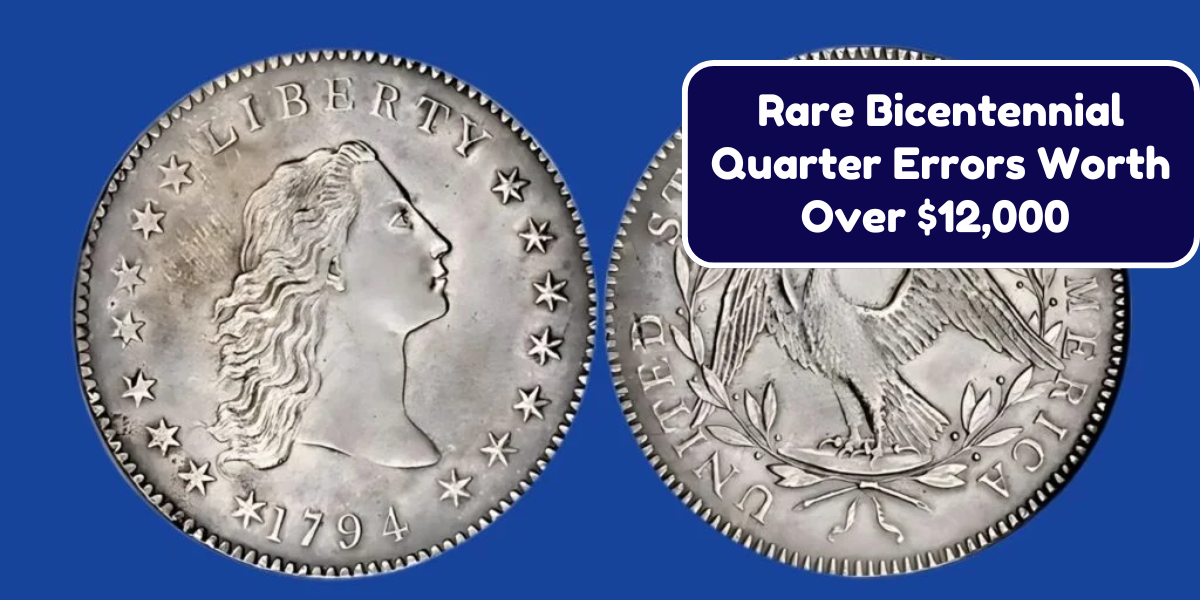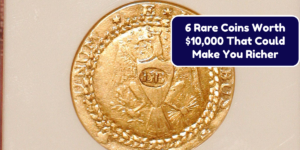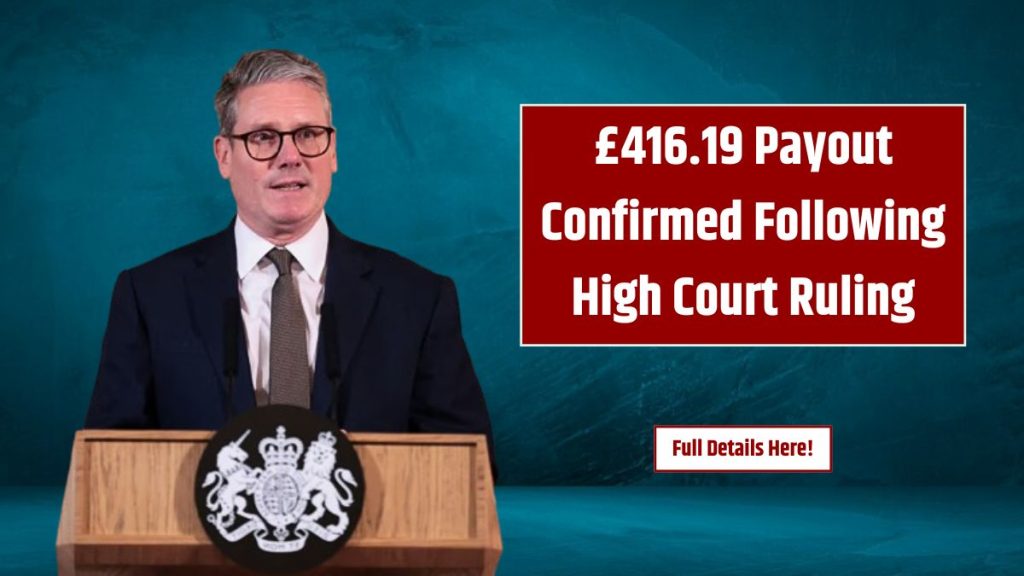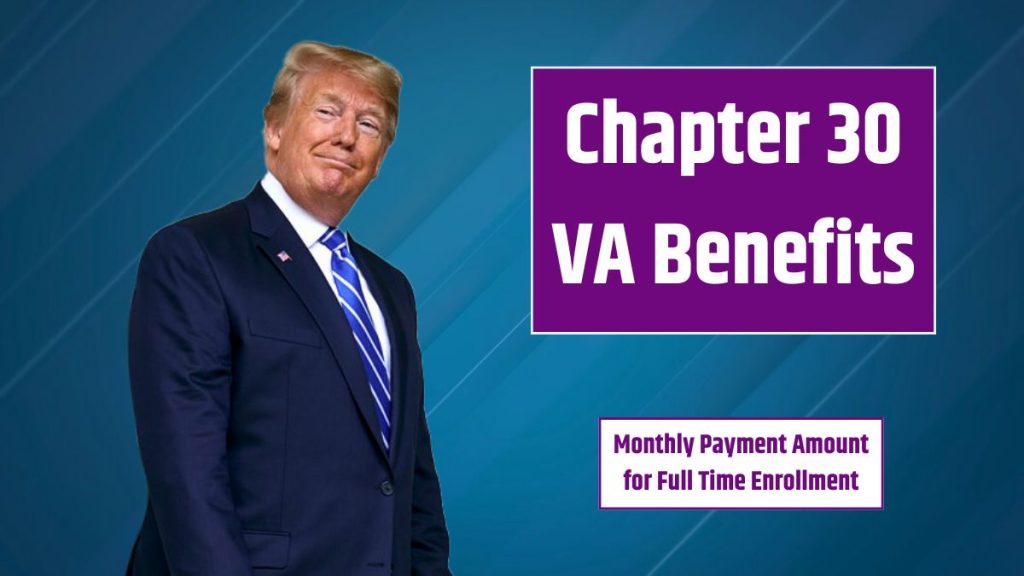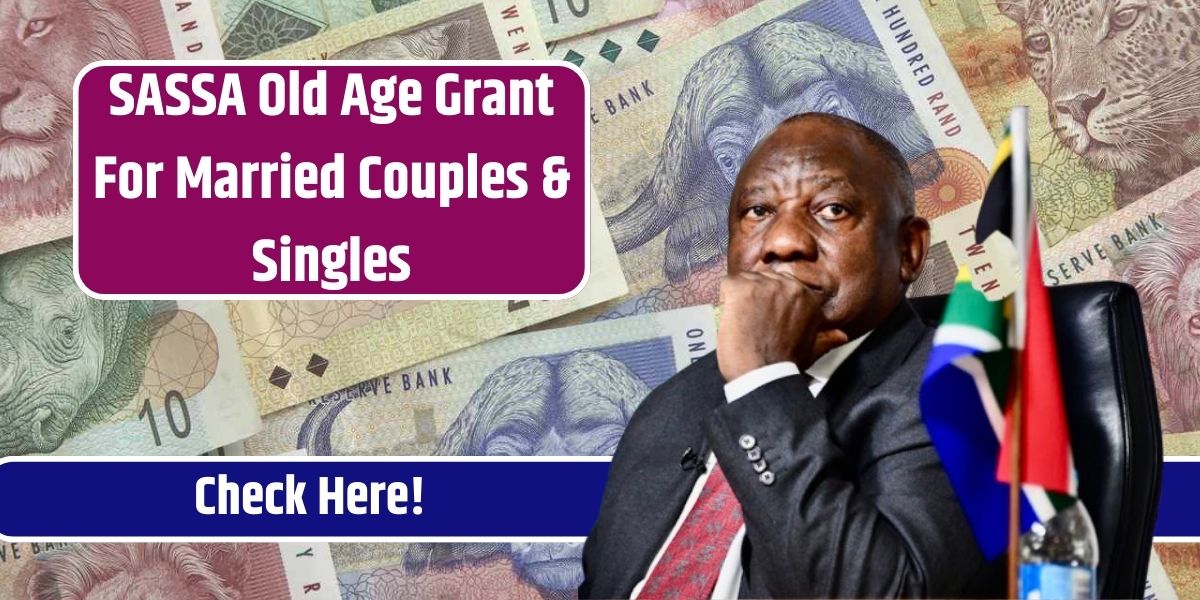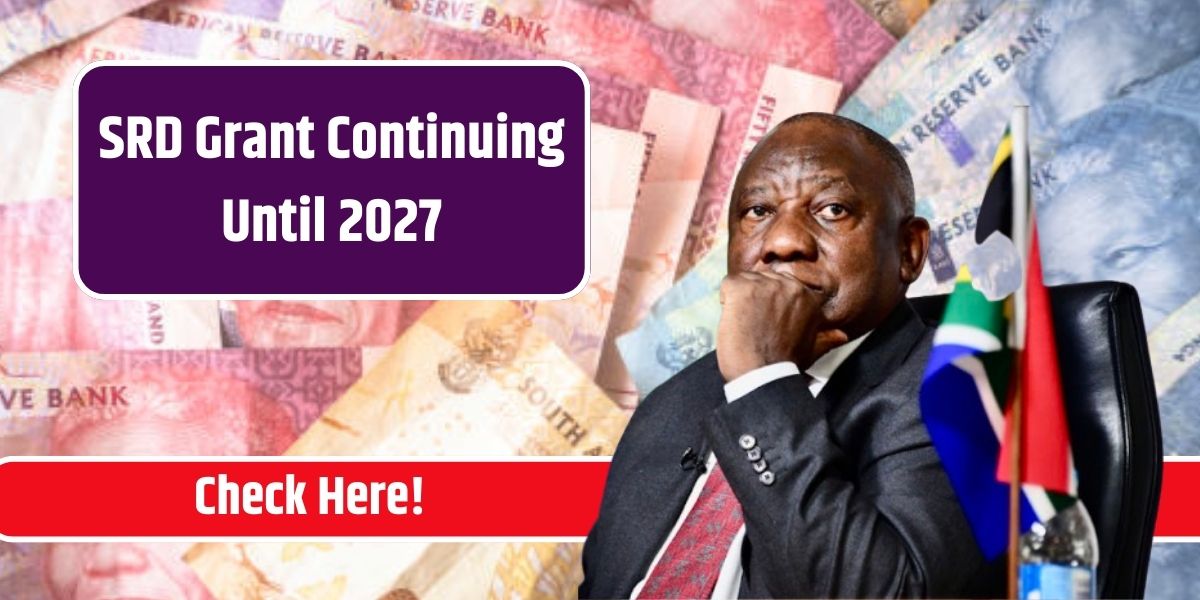The Bicentennial Quarter, minted to commemorate the 200th anniversary of the Declaration of Independence, holds a special place in American numismatics. Struck between 1975 and 1976, over a billion of these coins were produced. However, specific error coins within this series have become rare collectibles, sometimes fetching thousands of dollars. Could one of these valuable quarters be hidden in your pocket change? Let’s explore the intriguing world of Bicentennial Quarter errors.
Common Bicentennial Quarter Errors and Their Value
Double Die Obverse
The double die obverse error is one of the most coveted mistakes in coin collecting. It occurs when the coin’s front side is struck twice with a slight misalignment, creating a noticeable doubling effect. Look for duplication in features like “LIBERTY” or the date. These coins are highly desirable, with well-preserved examples valued at up to $12,000.
Clipped Planchet
A clipped planchet error happens when part of the metal blank is missing before the coin is struck. The result is a distinctive crescent-shaped section missing from the quarter. While smaller clips are more common, larger ones are rarer and more valuable, with some fetching between $500 and $1,500.
Off-Center Strike
An off-center strike occurs when the blank planchet is misaligned in the minting press, causing part of the coin’s design to be missing. The rarity of this error depends on the degree of misalignment. Coins with extreme off-center strikes are particularly rare and can command prices ranging from $3,000 to $10,000.
Die Breaks (Cuds)
Die breaks, often referred to as “cuds,” are caused by cracks in the minting die. These cracks transfer raised, irregular lines or blobs onto the coin’s surface. Die breaks can occur anywhere on the quarter, with larger and more prominent cuds being more valuable. Coins with these errors typically sell for $200 to $800.
Transitional Error
Among the rarest minting mistakes, transitional errors occur when a Bicentennial Quarter is struck on a planchet intended for a different denomination, such as a dime. This results in a coin with mismatched metal composition and weight. These fascinating errors are highly sought after, with values often exceeding $10,000 to $15,000.
Struck Through Foreign Object
This error happens when a foreign object, such as debris or a wire, is present during the minting process. The object leaves a unique impression on the coin, making it a one-of-a-kind collectible. Depending on the severity and distinctiveness of the impression, these coins can sell for $1,000 to $5,000.
Double Die Reverse
Similar to the double die obverse, this error involves doubling on the reverse side of the coin. Collectors should look for misaligned doubling in details such as the iconic drummer boy or inscriptions like “E PLURIBUS UNUM.” Well-preserved coins with this error are valued at $7,000 to $12,000.
Error Coins and Their Market Value
| Coin Error Type | Description | Rarity Level | Approximate Value ($) |
|---|---|---|---|
| Double Die Obverse | Misaligned doubling on the front | Very Rare | Up to 12,000 |
| Clipped Planchet | Crescent-shaped section missing | Rare | 500 – 1,500 |
| Off-Center Strike | Misaligned design | Extremely Rare | 3,000 – 10,000 |
| Die Breaks | Cracks in the minting die | Rare | 200 – 800 |
| Transitional Error | Struck on incorrect planchet | Exceptionally Rare | 10,000 – 15,000 |
| Struck Through Object | Impression of foreign material | Unique | 1,000 – 5,000 |
| Double Die Reverse | Misaligned doubling on the back | Very Rare | 7,000 – 12,000 |
Identifying and Valuing Error Coins
The Bicentennial Quarter’s historical significance and unique design make it a must-have for collectors. However, those with rare minting errors become even more valuable. If you suspect you have a Bicentennial Quarter with any of these errors, here are a few tips:
- Inspect Closely: Use a magnifying glass to identify signs of doubling, cracks, or misalignment.
- Weigh the Coin: Check for mismatched weights to identify potential transitional errors.
- Consult Experts: Professional coin appraisers or grading services like PCGS or NGC can authenticate your coin and determine its market value.
- Store Properly: Preserve the coin in a protective case to prevent wear and maintain its value.
Are Bicentennial Quarters without errors valuable?
Standard Bicentennial Quarters in circulated condition are generally worth face value. However, uncirculated or proof versions can be worth slightly more, depending on their condition.
How can I tell if I have an error coin?
Look for unusual features like doubling, missing sections, or strange impressions. If unsure, have the coin professionally evaluated.
Are error coins only found in Bicentennial Quarters?
No, minting errors can occur in any denomination or series of coins. However, the Bicentennial Quarter’s popularity makes its errors particularly noteworthy.
